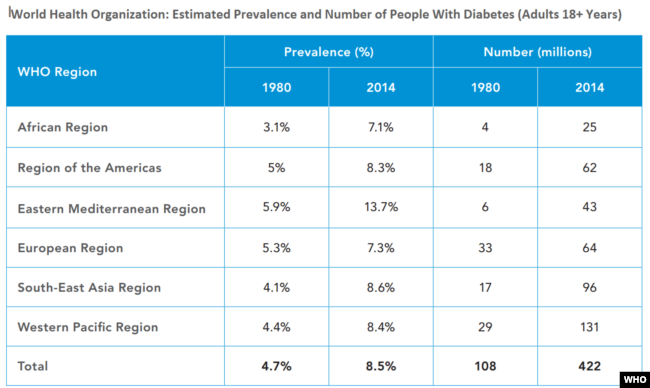DIABETES is a serious health condition – affecting millions of people in the UK. The condition can develop gradually – but experts stress it is important for prediabetes to be diagnosed as soon as possible.
Prediabetes is also referred to by medics as borderline diabetes, is a metabolic condition.
If undiagnosed or untreated, prediabetes can develop into type 2 diabetes; which is treatable but not easily reversed.
Experts said it is a ‘critical stage’ in the development of diabetes because lifestyle choices – such as changing diet and exercising – can return blood sugar levels to normal.
It is therefore crucial to recognise it as early as possible, medics argue.
The condition is considered to be a grey area between having normal blood sugar levels and those verging on diabetic levels.
Diabetes.co.uk states : “Prediabetes is characterised by the presence of blood glucose levels that are higher than normal but not yet high enough to be classed as diabetes.
“Prediabetes may be referred to as impaired fasting glucose (IFT), if you have higher than normal sugar levels after a period of fasting, or as impaired glucose tolerance (IGT), if you have higher than normal sugar levels following eating.
“Each year in the UK, 5 to 10 per cent of people diagnosed with prediabetes go on to develop type 2 diabetes.”
Diabetes: Prediabetes can be reversed with a healthy lifestyle, experts say
Diabetes: Prediabetes can be reversed with a healthy lifestyle, experts say
Prediabetes is characterised by the presence of blood glucose levels that are higher than normal
Diabetes.co.uk
There are no clear symptoms of prediabetes, so people could be suffering with the condition without knowing it.
However people with prediabetes might be suffering with similar symptoms to type 2 diabetes.
These include urinating more frequently, feeling thirsty and feeling tired.
Symptoms can also include itching around the penis or vagina as a result of thrush, cuts or wounds which heal slowly and blurred vision.
Being overweight can also cause type 2 diabetes.
The risk factors for prediabetes are:
Being overweight or obese
Being overweight can cause type 2 diabetes because people have added pressure on their body’s ability to use insulin properly to control blood sugar levels – and are more likely to develop the condition.
Having a close relative – parent or sibling who currently has or has had diabetes.
Genetics play a strong role in the development of type 2 diabetes. If either mother of father has diabetes increases risk of diabetes by 15 per cent.
Have high blood pressure, low levels of good cholesterol – or high triglycerides
High blood pressure (hypertension) can lead to and make worse many complications of diabetes.
Are over the age of 40
Middle-aged and older adults are still at the highest risk for developing type 2 diabetes.
Have given given birth to baby who weight over nine pounds
Experts warn people with prediabetes should be checked for type 2 diabetes every one to two years.
Via: www.express.co.uk
Share this with your friends!

